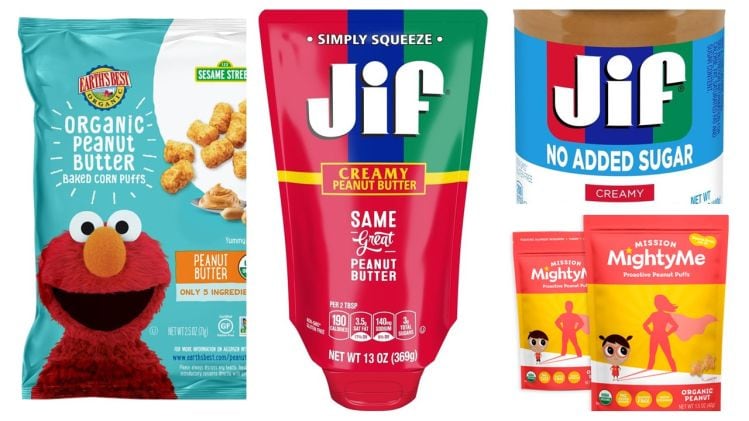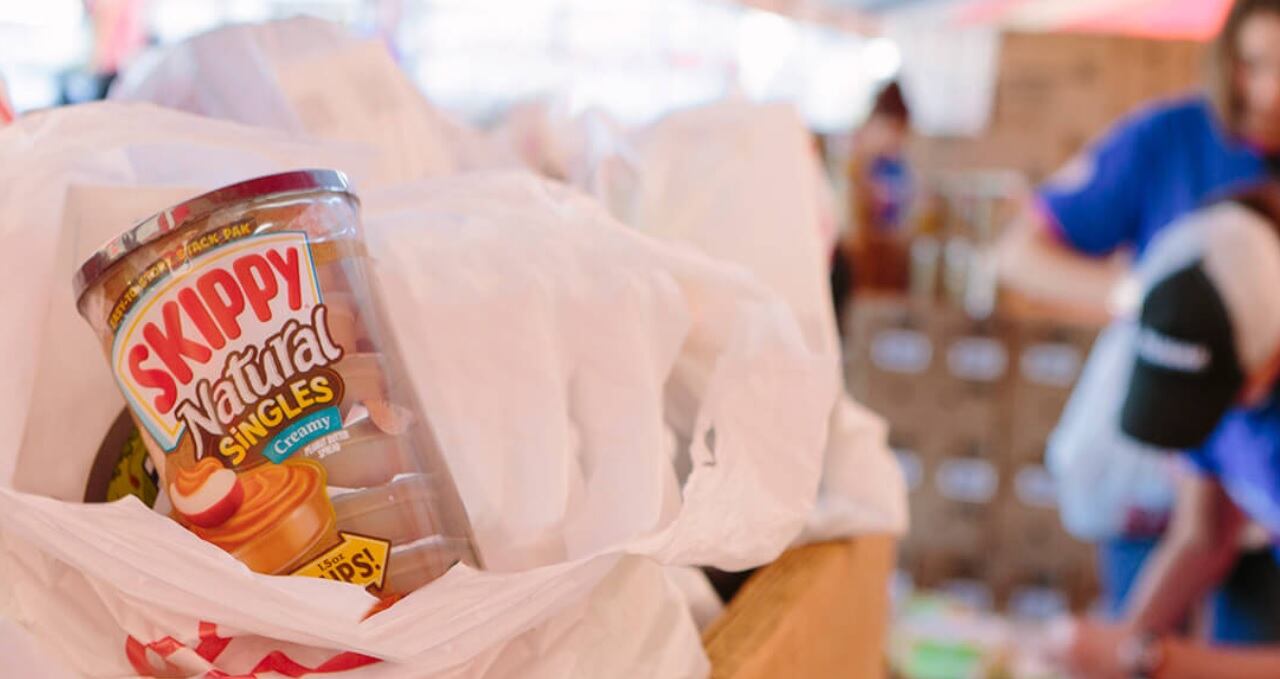During the company’s fourth quarter ending Oct. 25, net sales dropped 3% to $2.4b and volume fell 2%, which held down slightly the full year’s net sales, which were up 1% to $9.6b, and volume which increased 1%.
These shortfalls, despite heightened consumer demand during the pandemic, were largely due to supply and production constraints both during the fourth quarter and earlier in the year, which continued to have a negative impact through Q4, CEO Jim Snee told analysts during the company’s fourth quarter earnings call late last month.
“In the fourth quarter, production in categories like canned meats, pepperoni and Chili was constrained due to labor shortages, but also because of COVID-related changes in our production lines,” he explained.
While these were offset by other categories with sufficient capacity and labor, such as nut butters which saw a double-digit increase in the quarter, the overall shakeout was a 1% decline in sales of Hormel’s grocery product segment in Q4.
A similar tale unfolded in the company’s refrigerated foods segment, which saw volume fall 4%, resulting in a 5% sales drop in the quarter compared to the same time last year due in part to “plant pauses in the second quarter [that] continued to impact performance within our vertically integrated supply chain,” Snee said.
Despite these shortcomings, Snee remained optimistic for 2021.
“We have tried to be very upfront about [not meeting] the demands of the business in the fourth quarter, but there is a lot of work happening behind the scenes. A lot of it was already planned, some of it came to beat during the pandemic,” Snee said.
Noting the company has “been through a lot in the last nine months” with a different raw material, ingredient or packaging component shortage to manage each week, Snee added, “we have gained an understanding on how to appropriately operate in this environment while never sacrificing employee safety.”
As such, he said, “there is more stability across the industry, because of the learnings from the last nine months, even as COVID-19 cases surge across the country.”
On top of this, Snee said he expects additional investments made before the pandemic started will help buffer any lingering impact from COVID-19 on supply and labor in 2021.
“Our work expansion in Nevada and Iowa will open in our first quarter and will give us additional capacity for pizza toppings,” which have experienced sustained demand as a “favorite” throughout the pandemic, so far, Snee said. “This new capacity will help us meet that demand.”
In addition, the company will open a new dry sausage production facility in Omaha, Neb., during the first half of the year that will help produce Columbus Charcuterie branded deli products and provide additional pepperoni capacity to meet retail and foodservice demand, Snee said.
Recognizing increased capacity is only part of the equation, Snee added that he is confident there will be sufficient labor to operate the new facilities and meet customer demand in the new year.
Increased safety measures raise costs
As Hormel brings on more employees, it continues to place their safety as the highest priority, which is why Snee said that the company is doubling down on its awareness campaign, “KEEP COVID OUT!” The campaign “reinforces the importance of taking preventive measures at our production facilities and n our communities where we work and live,” he said in a statement.
These safety measures along with employee bonuses and lower production contributed to an $80m incremental increase in supply chain costs in the full year. While hefty, the company reiterated in a statement that these are temporary and will be minimized after the pandemic subsides.
CFO Jim Sheehan also downplayed these costs as well as the negative impact of the pandemic going into 2021, noting that he does not expect to see the “almost violent level of volatility” that occurred during the first months of the pandemic.
Rather, he said, “We believe there will be a much more stable environment in 2021.”
In addition, he emphasized that while 2020 “is a hard year to measure, because there are a lot of moving parts … we believe we’ve met every expectation that we set originally on this and we think it’s going to accelerate as we go through and continue to expand the efficiencies of these operations” and improve its One Supply Chain.




